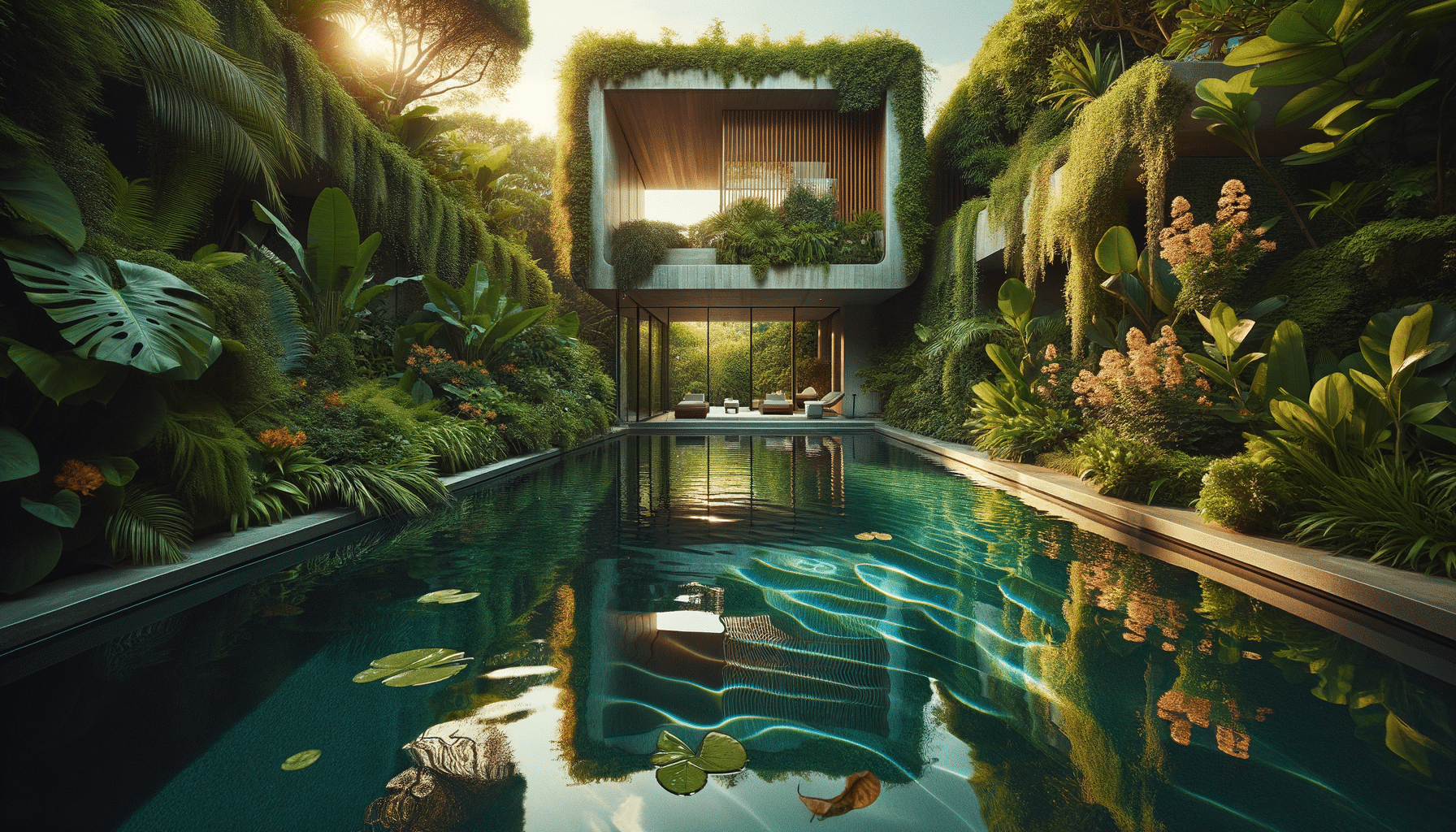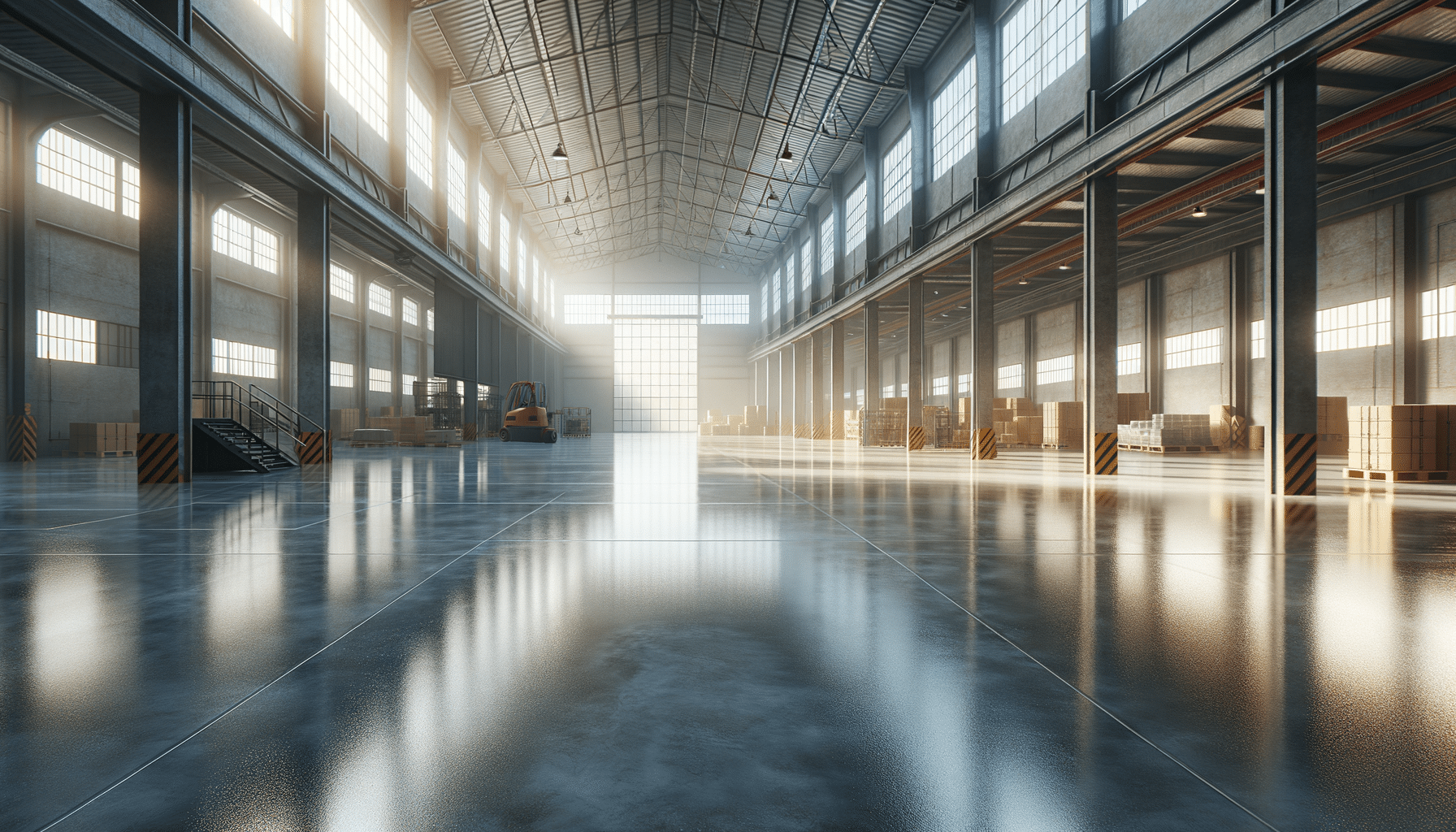
Exploring the World of Greenhouses: A Comprehensive Guide
Introduction to Greenhouses
Greenhouses have long been a staple in horticulture, providing a controlled environment for cultivating plants. These structures allow for the extension of growing seasons, enabling gardeners and farmers to produce crops year-round. The concept of a greenhouse is simple yet effective: it traps heat from the sun, creating a warm environment that protects plants from harsh weather conditions. This makes greenhouses particularly valuable in regions with extreme climates.
The importance of greenhouses extends beyond mere plant protection. They play a crucial role in food security by facilitating the growth of a wide range of crops, including those not native to a region. Additionally, greenhouses are instrumental in research and education, providing a controlled setting for studying plant biology and experimenting with new cultivation techniques.
Types of Greenhouses
Greenhouses come in various shapes and sizes, each designed to meet specific needs. The most common types include:
- Lean-to Greenhouses: These structures are attached to an existing building, making them ideal for small spaces.
- Ridge-and-Furrow Greenhouses: Also known as gutter-connected greenhouses, these are typically used in commercial settings due to their large size and efficiency.
- Geodesic Domes: Known for their unique shape, these greenhouses offer excellent light distribution and structural strength.
Each type of greenhouse has its advantages and disadvantages. For instance, lean-to greenhouses are cost-effective and easy to construct, but they may have limited space. On the other hand, ridge-and-furrow greenhouses provide ample space and are highly efficient for commercial use, but they require significant investment and maintenance.
Benefits of Using Greenhouses
Greenhouses offer numerous benefits that make them a valuable addition to any gardening or farming endeavor. Some of the key advantages include:
- Extended Growing Seasons: Greenhouses allow for year-round cultivation, regardless of external weather conditions.
- Protection from Pests: The controlled environment helps keep pests and diseases at bay, reducing the need for chemical pesticides.
- Improved Crop Yields: The optimal conditions within a greenhouse can lead to higher yields and better-quality produce.
Moreover, greenhouses contribute to sustainability by enabling local food production, reducing the need for transportation, and minimizing the carbon footprint associated with long-distance food supply chains.
Challenges and Considerations
While greenhouses offer numerous benefits, they also come with challenges that must be addressed. One of the primary concerns is the initial cost of construction and ongoing maintenance. Building a greenhouse can be a significant investment, and maintaining the optimal environment requires careful monitoring and management of factors such as temperature, humidity, and ventilation.
Energy consumption is another consideration, especially in regions where heating is necessary during colder months. Implementing sustainable practices, such as using solar panels or passive heating techniques, can help mitigate these costs.
Future of Greenhouses
The future of greenhouses looks promising, with advancements in technology paving the way for more efficient and sustainable designs. Innovations such as automated climate control systems, LED lighting, and hydroponic systems are becoming increasingly popular, allowing for more precise control over growing conditions and resource use.
As the global population continues to grow, the demand for sustainable food production methods will only increase. Greenhouses, with their ability to produce high yields in a controlled environment, are poised to play a significant role in meeting this demand. By embracing new technologies and sustainable practices, greenhouses can continue to provide a reliable source of fresh produce while minimizing their environmental impact.


